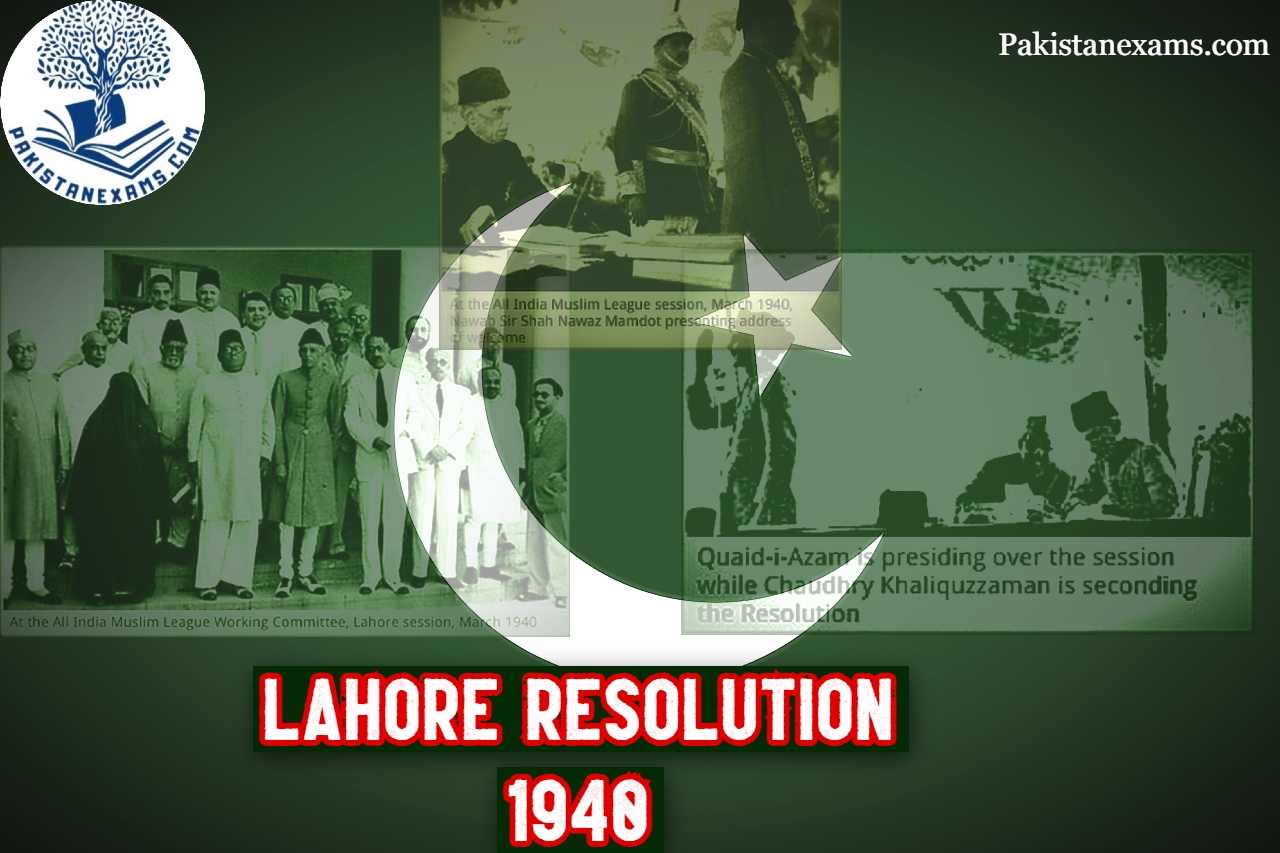Introduction
The Lahore Resolution plays an important role in the Pakistan Movement. It provided a clear direction to the Muslim leaders who were fighting for Muslim rights in India. It was moved by A. K. Fazal Ul Haq, the resolution stated,
“No constitutional plan would be workable in this country or acceptable to the Muslims unless it is designed on the following basic principles, namely, The areas where the Muslims are numerically in a majority as in the Northwestern and Eastern zones of India should be grouped to constitute ‘independent states’ in which the constituent units shall be autonomous and sovereign. Mandatory safeguards should be specifically provided in the constitution for minorities for the protection of their religious, cultural, economic, political, administrative and other rights.”
Salient Features or Importance of the Lahore Resolution
- The Lahore Resolution drew a sketch that showed that Muslims need a separate homeland in Pakistan.
- The Government of India Act of 1935 was unacceptable to Muslims because it did not provide safeguards for the fundamental rights of Muslims and other minorities in India.
- Through the Lahore Resolution, Muslims declared that a major decision could not be made in India without the Muslims as a stakeholder.
- It also clarified that Muslims wanted better relations with British and other Indian communities.
Hindu Reaction to the Lahore Resolution
The Hindu reaction was hostile. The Hindu leaders condemned it and referred to the partition as a division of Mother India. Gandhi called it a moral wrong and a sin that he would never be a party.
Other Muslim Reaction
Maulana Abu-al-Kalam Azad gave his comments on the demand of Pakistan, “I just cannot swallow the word Pakistan. It appears from it as if some parts of the world are sacred while some are polluted and impure. It is highly unethical and un-Islamic to divide the areas on the basis of being pure and impure.”

